
More of your employees will start driving electric cars
Across the world, the electric vehicle (EV) market is booming. Sales doubled in 2021, increased by 60% in 2022, surpassed the 10 million milestone for the first time, and now account for 8.3% of the global car market. We’re clearly moving toward electric mobility, and workplaces are no exception.
Many organizations that offer company cars to their employees are now considering electrifying their fleets. Not only is this a more sustainable option, but it's also economically viable in the long run. While EVs may seem pricier upfront, the total cost of ownership (TCO) is already lower than that of internal combustion engine (ICE) vehicles in many cases.
Even if your company doesn’t have a fleet, installing EV charging stations at your facility can still make sense. As more people switch to electric vehicles, offering charging at work can help attract top talent and improve employee satisfaction.
EV Charging at Work
As more people drive electric cars, offering EV charging at your workplace can be a big plus. It can help attract new talent and boost employee morale. One of the biggest appeals of driving an EV is the convenience of charging when you park, eliminating the need to stop at a gas station.
While home charging is ideal for many, workplaces rank high as a preferred location for charging. For employees without home charging options, such as those living in apartments or without a driveway, workplace charging can be a game-changer.
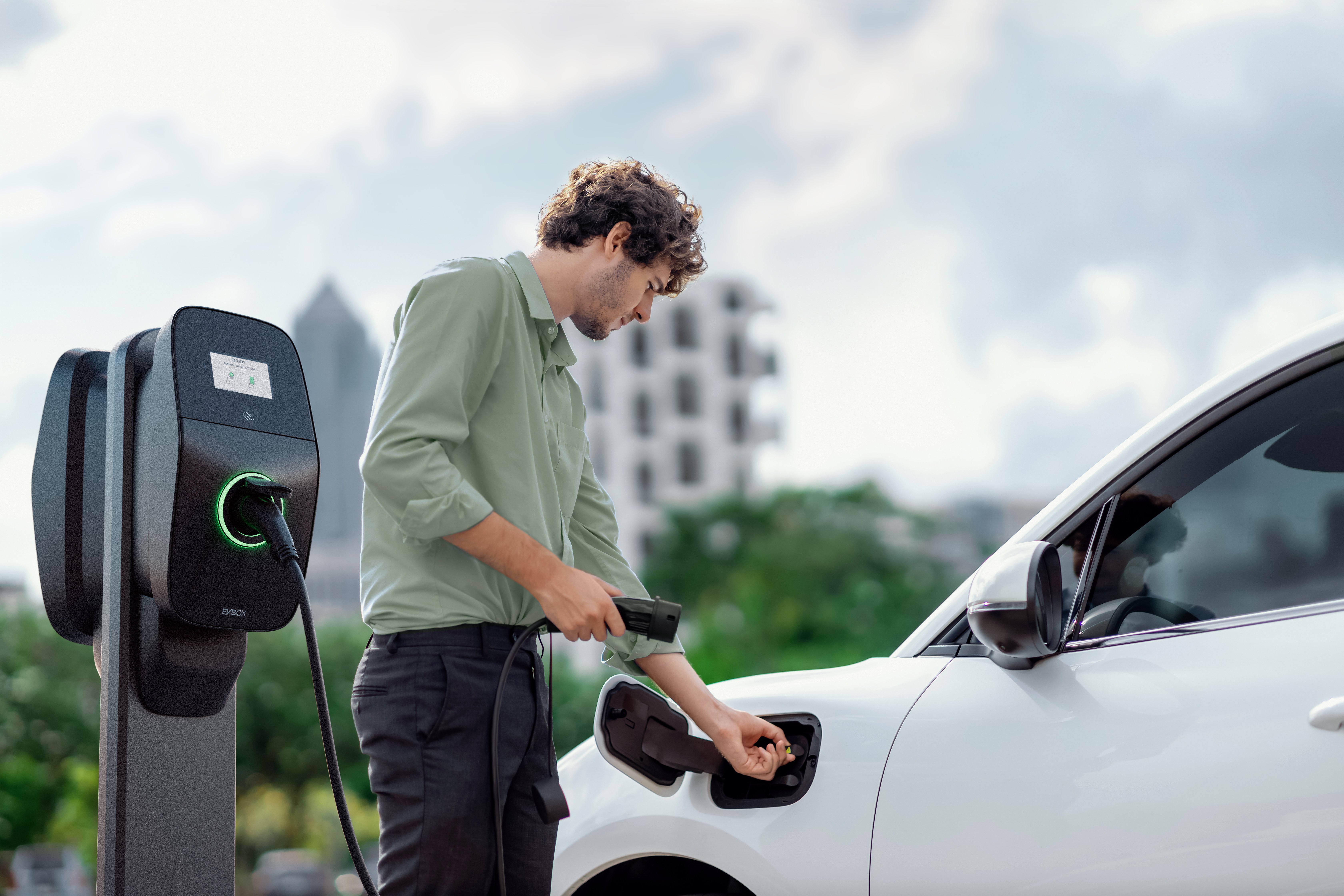
Help Employees Make the Switch to Electric Mobility
For employees in urban areas who don’t have a personal parking space or driveway, switching to an EV can be challenging. They rely on public charging, which is still limited in many places. The ability to charge at work can significantly reduce range anxiety and encourage more people to go electric.
Even if you don’t offer it for free, providing a discounted rate for employees can still be a valuable incentive. It can also serve as a revenue stream, especially if you open up some spots for visitors or the general public.

EV Charging at Your Workplace for Visitors
Many businesses see more visitors than just employees. Whether it's clients, partners, or customers, these individuals are increasingly driving electric cars and would appreciate the ability to charge at your office.
Depending on your location, opening up a few spots for the public could generate extra revenue, bring in new customers, or both. It's a win-win for your business and the environment.
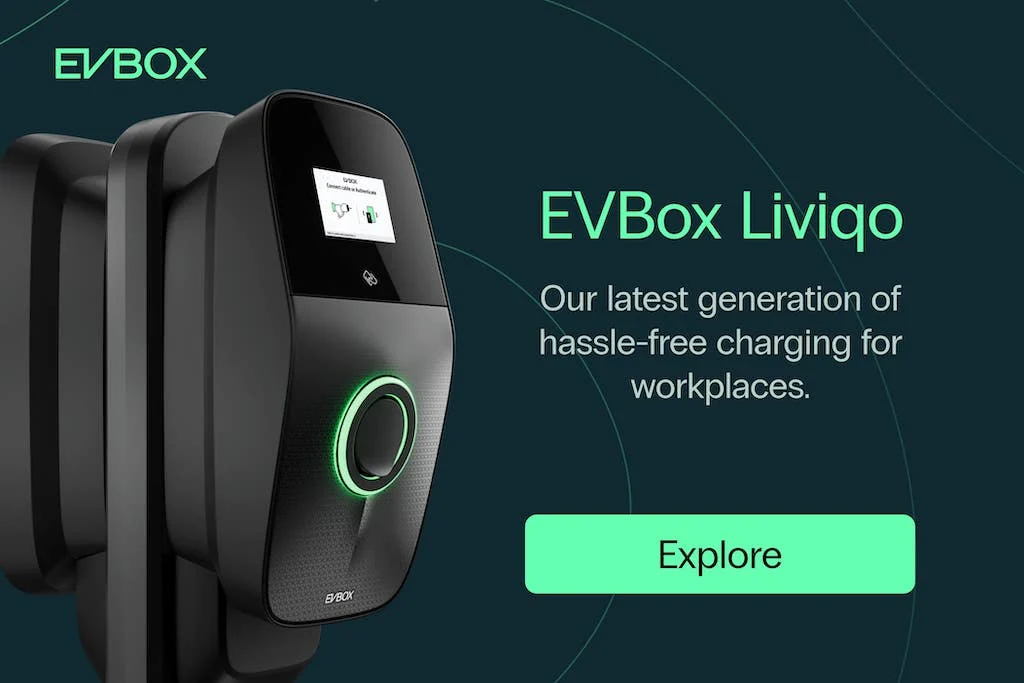
EV Charging Business Models
Let’s dive into the different business models for offering EV charging at your organization.
1. Free EV Charging at Work
Offering free EV charging can be a great employee benefit. It's part of the overall employee value proposition (EVP), helping to attract and retain top talent. A Gallup study found that 71% of workers consider a company's environmental record when choosing an employer.
While free charging isn't the only way to improve employee satisfaction, it can be a meaningful perk that your team truly appreciates. It also supports your company's sustainability goals.
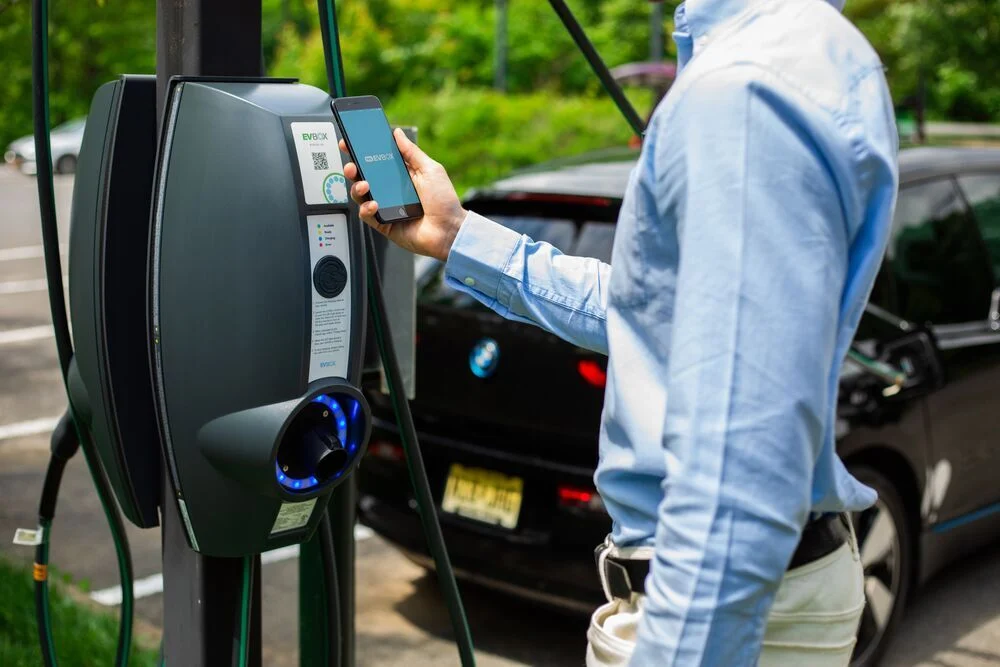
2. Workplace EV Charging to Generate Revenue
Another approach is to offer EV charging as a paid service. You can even allow third parties to use the stations, creating an additional revenue stream. This can offset electricity costs and provide value to employees through discounted rates.
You can choose from various pricing models, such as flat-rate per hour or based on energy usage. Some companies combine both approaches, charging a base fee plus a per-kWh rate. This flexibility allows you to tailor the service to your needs.
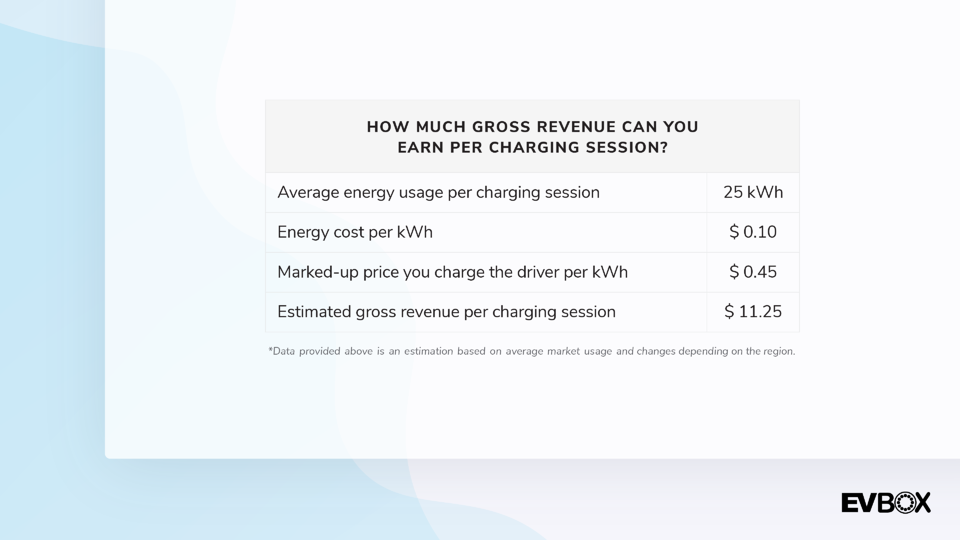
Whether you choose to offer free charging or a paid service, managing the infrastructure effectively is key. Especially when multiple user groups are involved, you'll need a system that handles different payment methods and settings seamlessly.
Charging Management System Software for Workplace EV Charging
In today’s digital age, having access to real-time data and insights is essential. Modern charging stations often come with software that connects to a management system, making it easier to track usage, manage tariffs, and analyze behavior.
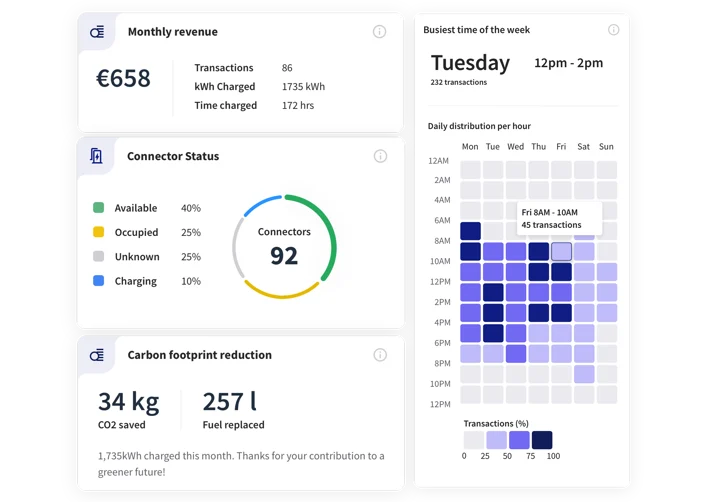
These systems also help optimize energy use through smart features like load balancing, ensuring that charging doesn’t exceed grid capacity. They simplify invoicing and reporting, saving time and reducing errors.

The Rapidly Growing Need for EV Charging Infrastructure
As more drivers switch to electric vehicles, the demand for charging infrastructure is rising. According to ChargeUp Europe, the number of EU charging points is expected to grow from 3 million today to nearly 30 million by 2030, with workplace chargers increasing from 10% to 15% of the total.
In the U.S., the International Council on Clean Transportation found that public charging, including workplace charging, will need to reach 2.4 million non-home chargers to support a future where EVs make up 100% of new car sales by 2040.
Workplaces around the world are in a unique position to meet this demand, attract talent, and potentially create a new revenue source.
Read more about workplace EV charging in our complete and free guide or check out our workplace charging solution.







